Spice Up Your Life: 10 Must-Know Brazilian Food Traditions & Tips!
Welcome to the vibrant, colorful, and mouth-watering world of Brazilian cuisine! If you thought Brazil was only about Carnival, soccer, and sun-drenched beaches — think again. It's also a culinary wonderland packed with bold flavors, rich spices, and a melting pot of cultural influences that’ll make your taste buds dance like it’s Carnaval every day.
In this article, we're diving deep into the Global Spice Traditions that have shaped Brazil’s unique food culture. Whether you’re a seasoned spice lover or just dipping your toe into exotic cuisines, we’ve got you covered with handy tips, surprising facts, and a sprinkle of spicy wisdom to keep things sizzling.
Table of Contents
- 1. The Roots of Brazilian Cuisine: A Melting Pot of Flavors
- 2. Must-Try Spices in Brazilian Cooking
- 3. Iconic Brazilian Dishes You Need to Taste
- 4. How to Recreate Brazilian Flavors at Home
- 5. Regional Variations: From North to South, the Spice Journey Continues
- 6. Fun Fact: Brazil is the World’s Largest Producer of Some Spices!
- 7. Spice Pairings That Will Blow Your Mind
- 8. Common Mistakes to Avoid When Cooking Brazilian Food
- 9. Top 5 Spice Brands for Authentic Brazilian Ingredients
- 10. Final Thoughts: Spice as the Soul of Brazilian Culture

1. The Roots of Brazilian Cuisine: A Melting Pot of Flavors
Brazil’s culinary identity didn’t pop out of nowhere — it’s been simmering for centuries, blending indigenous roots with African, European, and Asian influences. This fusion has given rise to some of the most exciting spice combinations in the world.
Let’s break down the major flavor contributors:
| Cultural Influence | Key Ingredients/Spices | Signature Flavor Profile |
|---|---|---|
| Indigenous (Tupi-Guarani) | Manioc (cassava), chili peppers, peanuts | Earthy, nutty, mildly spicy |
| African | Dendê oil (palm oil), okra, allspice | Rich, savory, complex |
| Portuguese | Garlic, bay leaf, black pepper | Savory, herbaceous |
| Asian (Japanese & Arab) | Coriander, soy sauce, sumac | Umami, tangy, aromatic |
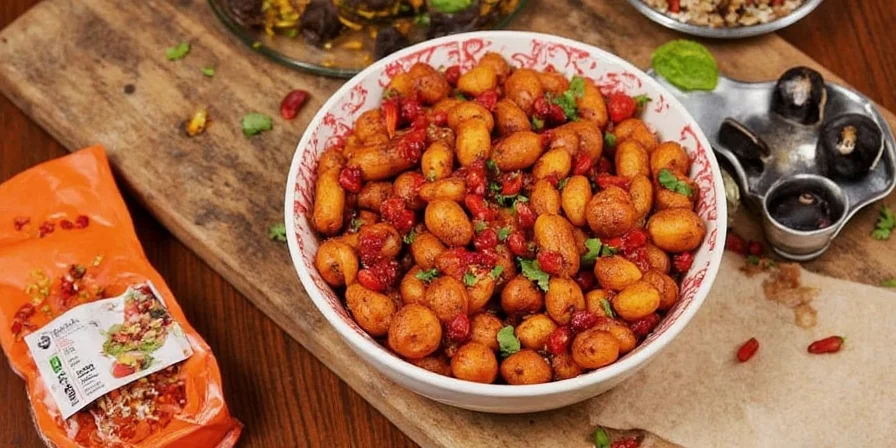
2. Must-Try Spices in Brazilian Cooking
If you want to understand Brazilian cooking, you must get cozy with its spices. Here are five essential ones that define the flavor of Brazil:
- Dendê Oil (Palm Oil): Bright red, aromatic, and rich. Used especially in Bahia dishes like Moqueca Baiana.
- Pimenta de Cheiro (Serrano Chili): Popular in the North; less fiery than habanero but full of fruity heat.
- Cominho (Cumin): Adds depth to meats, stews, and rice dishes. Often used in grilled chicken marinades.
- Louro (Bay Leaf): Frequently found in soups and bean-based dishes like Feijoada.
- Orégano Nacional (Brazilian Oregano): More pungent than Mediterranean oregano. Perfect for pizza and tomato-based sauces.

3. Iconic Brazilian Dishes You Need to Taste
Ready to tantalize your palate? These dishes are not only delicious but also showcase the magic of Brazilian spice traditions:
- Feijoada: A hearty black bean stew with pork parts, spiced with garlic, bay leaf, and sometimes cumin. Serve with rice, collard greens, and crunchy farofa.
- Moqueca: A seafood stew made with coconut milk, dendê oil, tomatoes, and coriander. Comes in two main styles: Capixaba (no palm oil) and Baiana (with).
- Churrasco: Brazilian barbecue featuring perfectly seasoned skewered meats grilled to perfection over open flames.
- Quibebe: A creamy squash, corn, and peanut puree seasoned with salt, pepper, and fresh herbs.
- Vatapá: A creamy bread, coconut, shrimp, and peanut paste infused with garlic, onion, and palm oil. Originating from Afro-Brazilian cuisine.
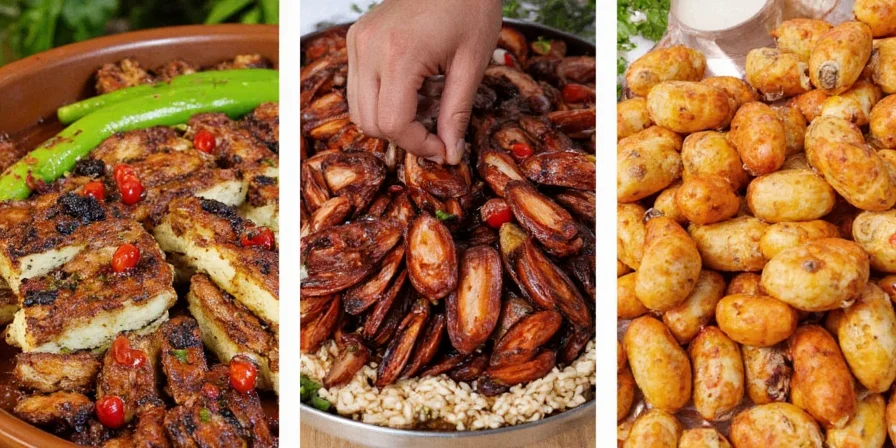
How to Recreate Brazilian Flavors at Home
You don’t need a trip to Rio to enjoy Brazilian cuisine. With the right spices and techniques, you can bring those tropical vibes straight to your kitchen. Here’s how:
- Start with a good base: Onions, garlic, and bell peppers sautéed in olive oil or dendê oil form the foundation of many dishes.
- Don’t skip the acid: Fresh lime juice or vinegar brightens up the richness of stews and grilled meats.
- Toast your spices: Lightly toast whole spices like cumin seeds before grinding them for maximum aroma.
- Use dried chilies wisely: Ancho or guajillo can stand in for regional peppers like Pimenta de Cheiro.
- Embrace the coconut: Add unsweetened coconut milk to seafood dishes for an authentic touch.
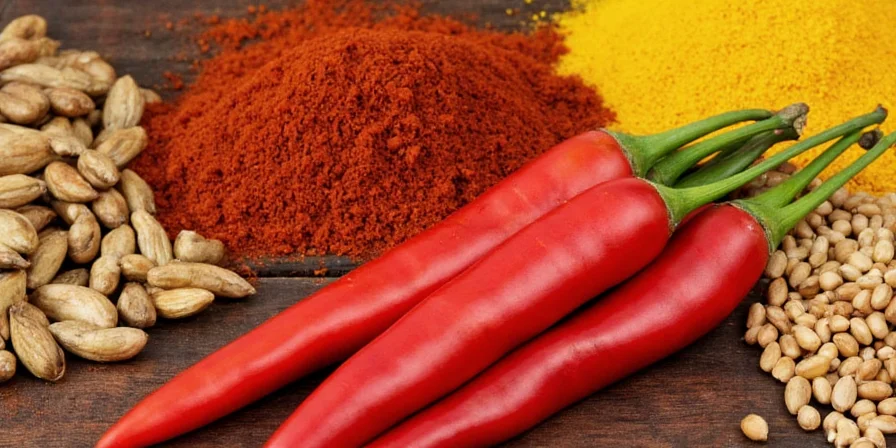
Regional Variations: From North to South, the Spice Journey Continues
Brazil is so vast that each region has developed its own flavor profile. Let’s explore a few key areas:
| Region | Signature Ingredient | Example Dish | Spice Highlight |
|---|---|---|---|
| Northeast | Dendê oil | Moqueca Baiana | Uses strong, smoky palm oil |
| North | Tucupi sauce | Tacacá soup | Fermented manioc broth with jambu |
| South | Pinhão (pine nuts) | Pinhão cozido | Mild, earthy flavor, often boiled |
| Central-West | Pirarucu fish | Pirarucu na crosta de banana | Spiced with annatto and lemon |
| Southeast | Black beans | Feijoada | Simmered with bay leaf and garlic |
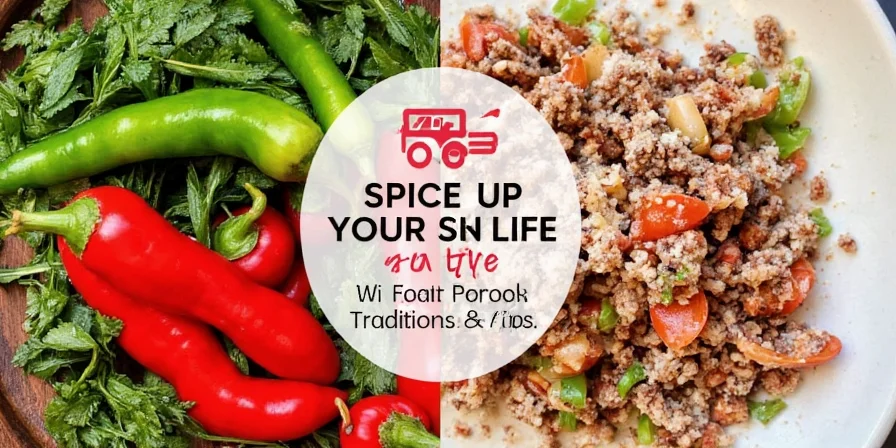
Fun Fact: Brazil is the World’s Largest Producer of Some Spices!
While Brazil might not be known as the “spice capital” of the world, it actually plays a big role in global spice production:
- Black Pepper: Grown in the Amazon and Pará regions.
- Cashew: Yes, the nut is native here and used both in snacks and savory dishes.
- Babassu Oil: Used in both cosmetics and traditional medicine.
- Annatto (Urucum): Natural red coloring and flavor enhancer, common in grilled fish marinades.
Spice Pairings That Will Blow Your Mind
If you’re looking to experiment, try these unexpected yet brilliant Brazilian spice pairings:
- Cilantro + Dendê Oil: Bold green meets rich red in seafood dishes.
- Lime + Black Pepper: A simple combination that enhances grilled meat flavors.
- Cumin + Coconut Milk: Adds warmth to curries and stews.
- Allspice + Cassava Flour: Toasted cassava (farofa) with a pinch of allspice = next-level crunch.
- Bay Leaf + Beer: Used in marinades for grilled meats to tenderize and infuse flavor.
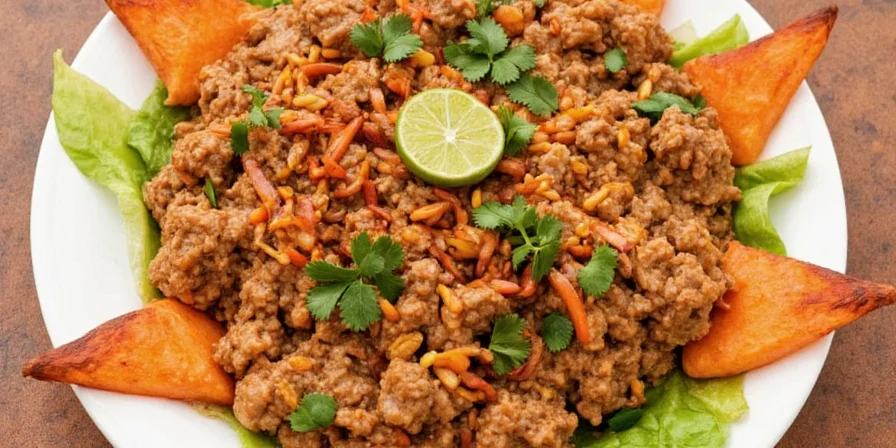
Common Mistakes to Avoid When Cooking Brazilian Food
Even the best recipes can go wrong if you skip the essentials. Here are the top 5 mistakes to avoid:
- Using low-quality oils: Palm oil is expensive, but using cheap substitutes ruins the flavor profile.
- Overcooking proteins: Especially with delicate fish in moqueca — timing is crucial.
- Ignoring texture balance: Dishes like feijoada need the contrast of soft beans and crispy farofa.
- Skipping the rest time for meat: Resting grilled meats ensures juiciness and better spice absorption.
- Not balancing salty and acidic elements: Always finish with a splash of lime or vinegar to wake up the dish.
Top 5 Spice Brands for Authentic Brazilian Ingredients
Can’t travel to Brazil? No problem! These brands offer high-quality spices that capture the essence of Brazilian cuisine:
- Ambev Naturals: Great for organic palm oil and native pepper blends.
- Casa da Abolição: Traditional Bahian spices and seasonings.
- Espólio do Sertão: Offers artisanal mixes inspired by Northeastern Brazil.
- Brasil Natural Foods: Distributes across the U.S. and Europe; reliable source for allspice, annatto, and more.
- Tapiocaria: Known for gluten-free tapioca products and complementary seasoning kits.
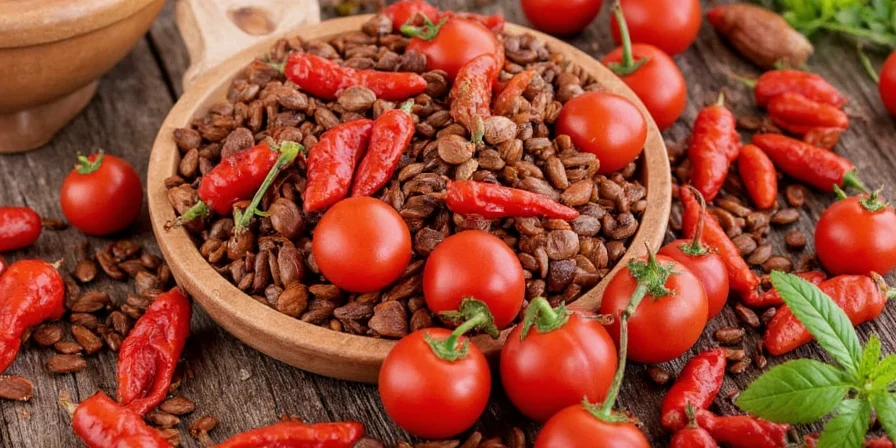
Final Thoughts: Spice as the Soul of Brazilian Culture
At its heart, Brazilian cuisine isn’t just about flavor — it’s about connection. Each dish tells a story of migration, survival, celebration, and joy. The spices aren’t just ingredients; they’re memories passed down through generations.
So whether you're throwing a weekend BBQ, hosting a dinner party, or simply craving something new, let the spirit of Brazil guide your spice rack. And remember — when it comes to flavor, there’s no such thing as too much fun… or too many chilies.
Stay spicy, amigos!
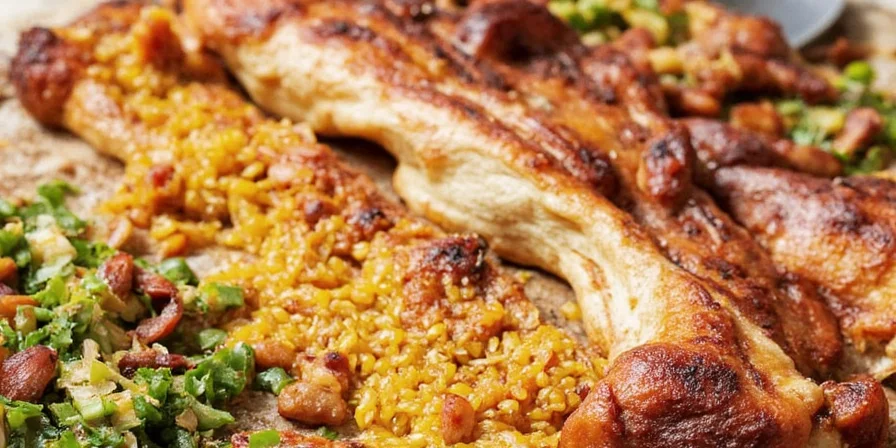

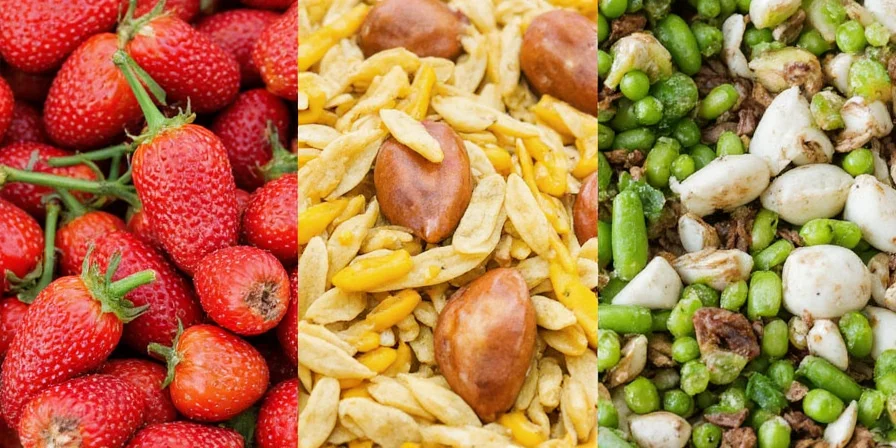









 浙公网安备
33010002000092号
浙公网安备
33010002000092号 浙B2-20120091-4
浙B2-20120091-4